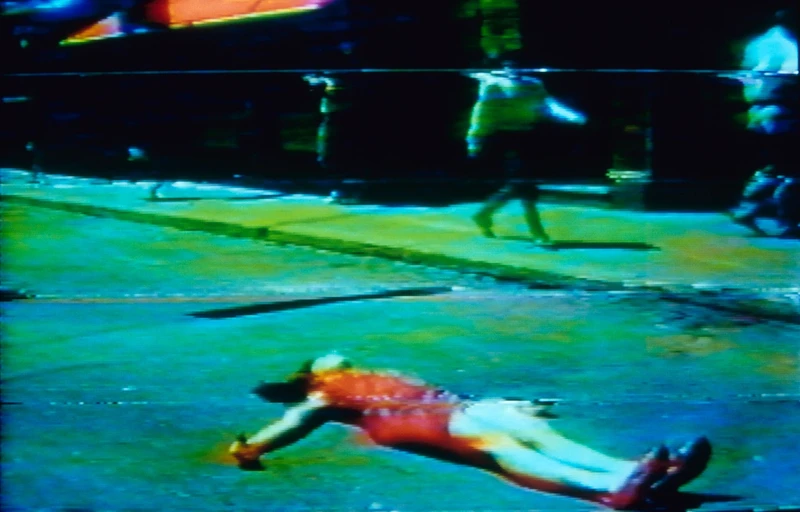Figure + Ground
6 Jun-2 Aug 2025


This summer, Hauser & Wirth London presents ‘Figure + Ground,’ an exhibition of selected, single-screen film and video works made by 19 leading artists from the gallery’s roster.
The exhibition brings together a variety of artists whose films and videos can be interpreted as exploring the dynamic between figure and ground in diverse ways. The selection of works also spotlights the development of moving image from the late 1960s to today. From film to the advent of analogue (single channel) video technologies during the early 1970s onwards, and later digital video, this technological expansion engendered a new genre of artistic production.
The artists featured are Sonia Boyce with Ain Bailey, Mark Bradford, Geta Brătescu, Martin Creed, Jeffrey Gibson, David Hammons, Camille Henrot, Rashid Johnson, William Kentridge, Glenn Ligon, Paul McCarthy, Pipilotti Rist, Mika Rottenberg, Anri Sala, Cindy Sherman, Roman Signer, Gary Simmons, Lorna Simpson and David Zink-Yi.
The relationship between figure and ground has been at the heart of visual representation and artistic production since the dawn of picture making. It gained a place in the visual arts through Gestalt theory in the 20th Century, which derives its name from the German word for figure, shape, pattern or whole. In its most basic sense, the figure-ground relation refers to the organization of the visual plane into form and background. However, Gestalt described an approach to the psychology of perception that prioritised overall patterns and configurations, rather than constituent parts. It influenced the understanding of how the human brain perceives and organizes visual information, from that which is seen prominently to that which is unobserved. These dynamics make ideas of figure and ground relevant beyond formal aesthetics to the politics of visibility. In this sense, these artists question perceived hierarchies, suggest new perspectives and highlight the overlooked.
Gestalt ideas of figure and ground were applied to communications media by the Canadian media theorist Marshall McLuhan (1911 – 1980). According to McLuhan, the figure (content) was something that jumps out at us while the ground (medium) was that which contextualized a situation. Together, they form meaning and subtle changes in perception can transform our comprehension of a given situation (or an artwork) and its literal and metaphorical bigger picture. A reversal of perceived meaning is also possible, providing the potential for a critical commentary on culture and society. For McLuhan, the figure and ground dynamic also meant the manner of encountering the medium itself. He saw media as active environments rather than passive systems of delivery, a point at the heart of his well-known dictum ‘the medium is the message.’